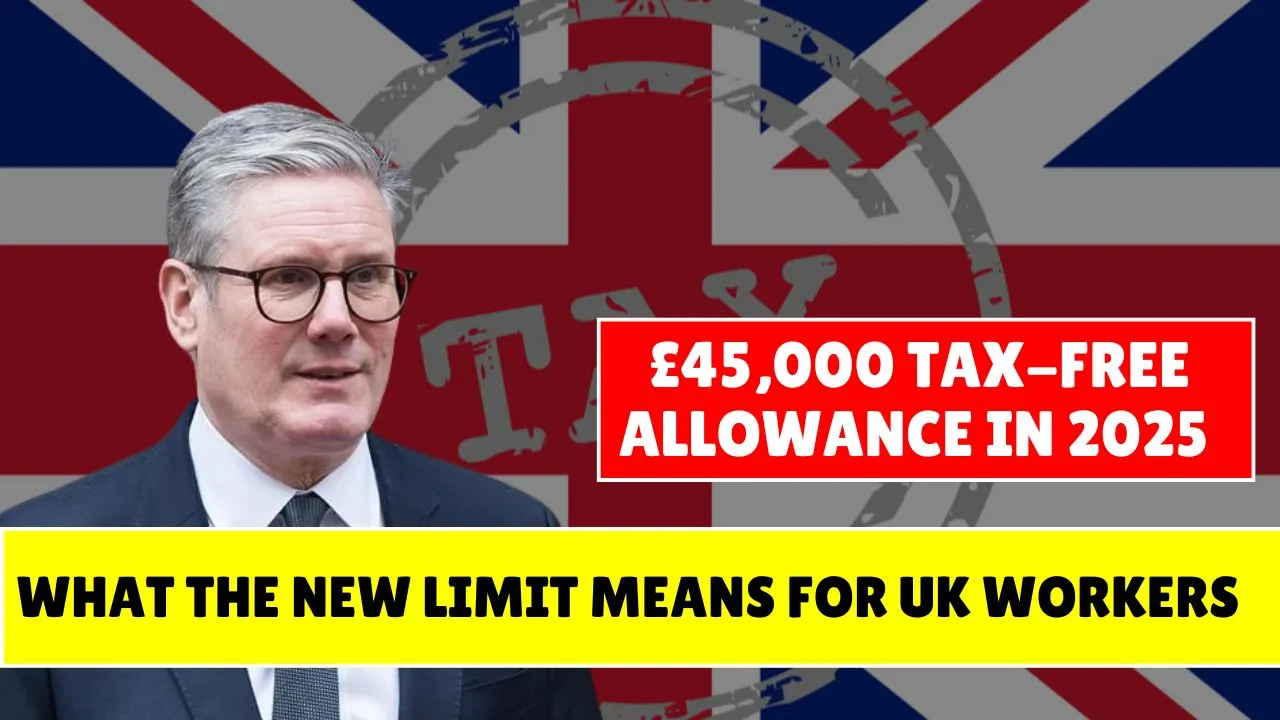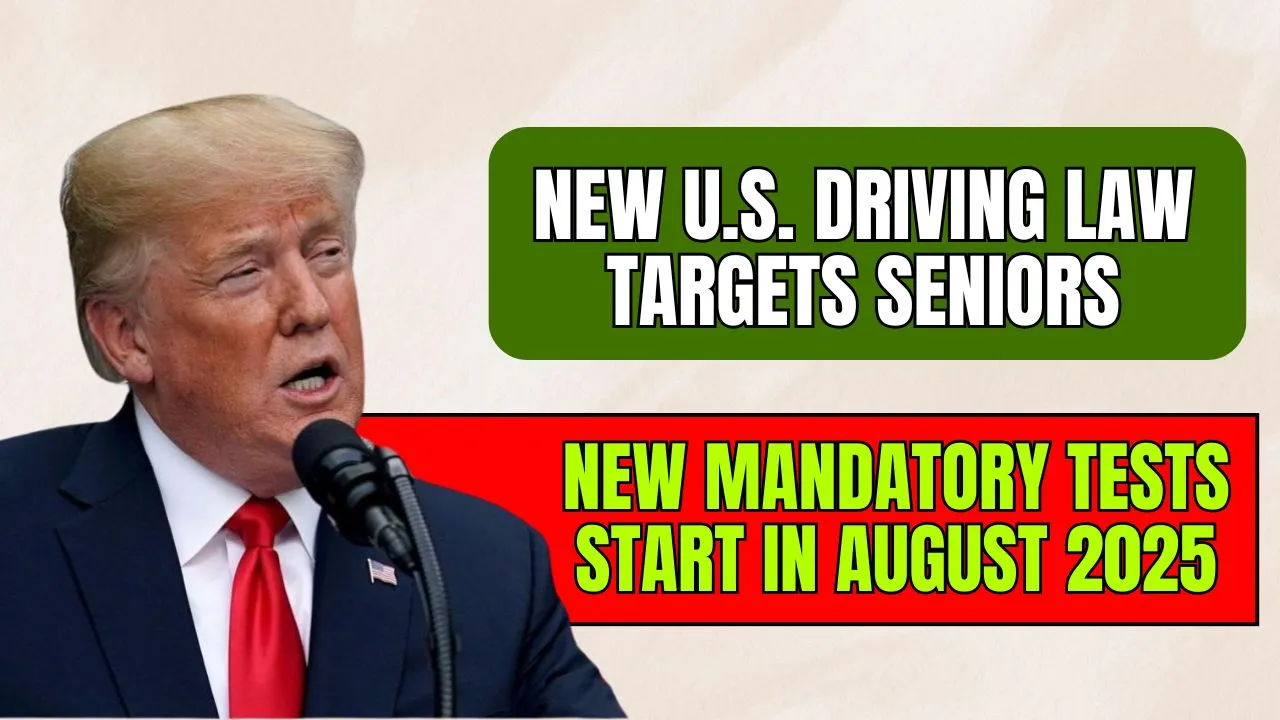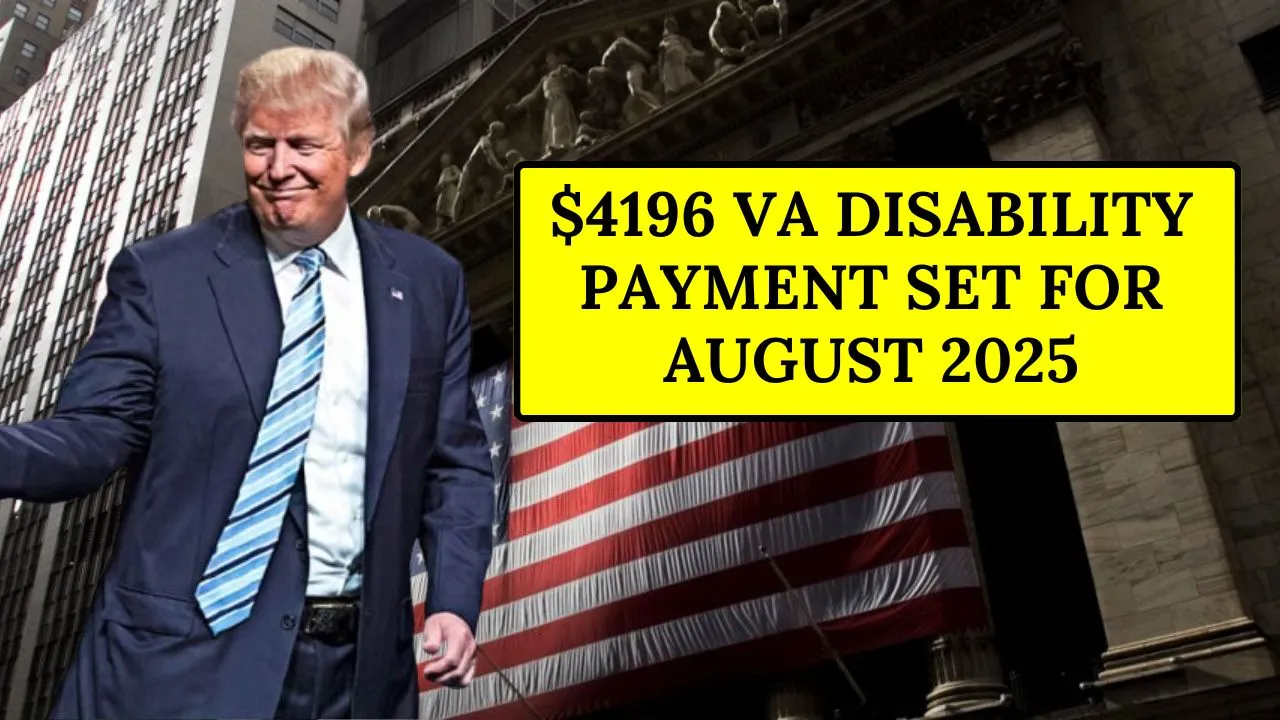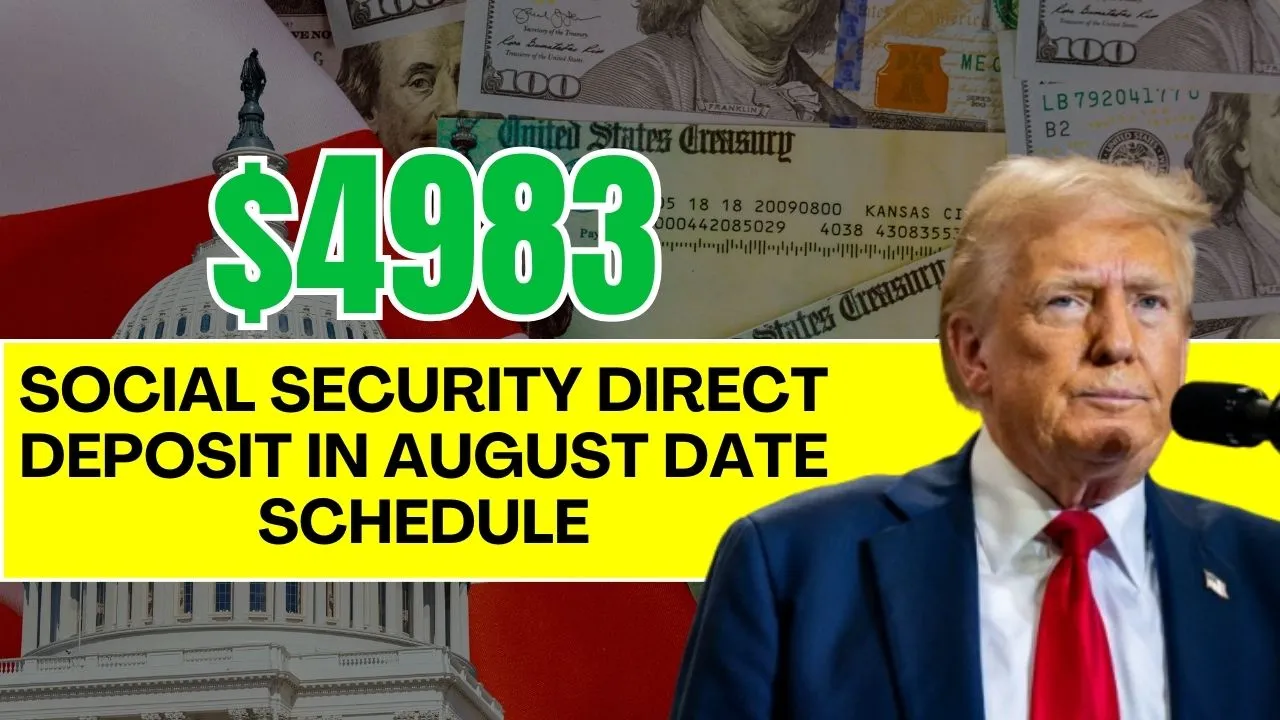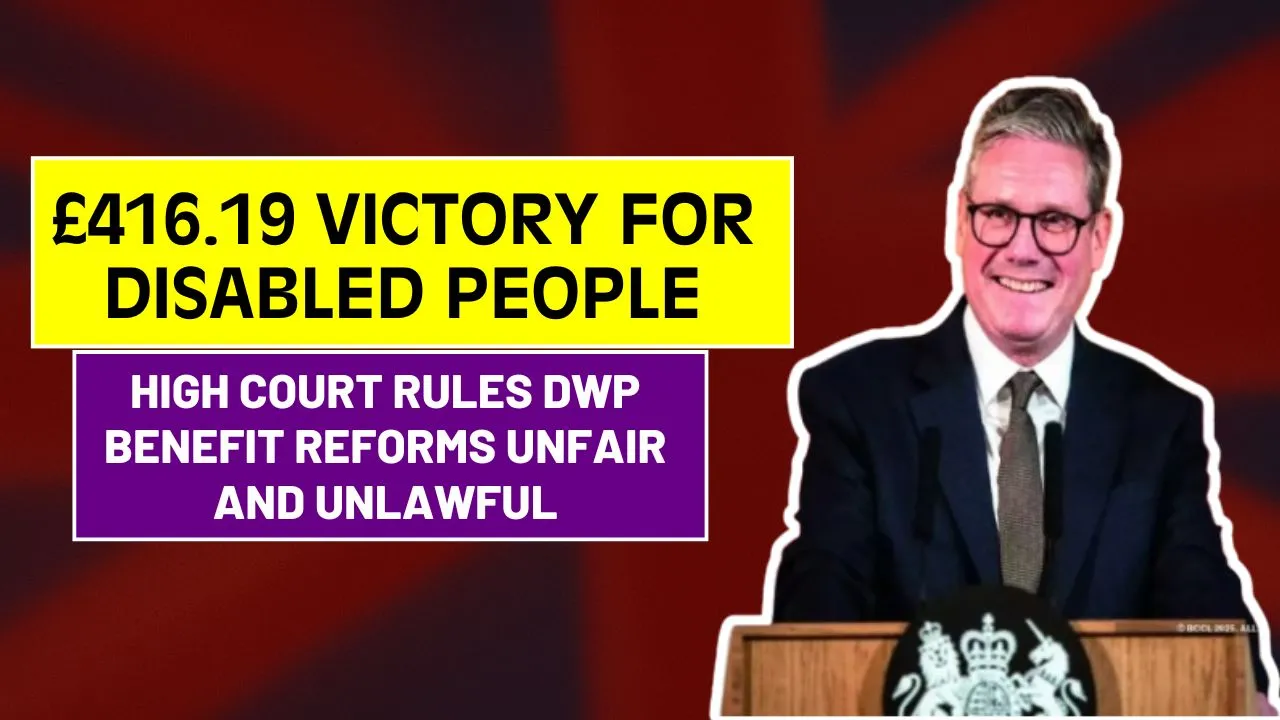£45000 Tax-Free Allowance 2025: The £45,000 Tax-Free Allowance 2025 has stirred up a lot of buzz among UK workers—and for good reason. Imagine not paying income tax on your first £45,000 of earnings. That’s a game-changing shift compared to today’s threshold of £12,570. It’s no longer just a dream. This bold tax reform proposal is gaining traction, and if approved, it could change the way you think about your salary, savings, and spending.
In this article, we’ll explore the £45,000 Tax-Free Allowance 2025 in detail—what it means, who benefits, and what trade-offs could come with it. Whether you’re earning below, near, or above that threshold, this guide breaks down everything you need to know in simple terms. We’ll look at the facts, the arguments for and against, and why it’s making headlines right now.
£45,000 Tax-Free Allowance 2025: What’s Really at Stake?
Under the proposed change, the income you earn up to £45,000 would no longer be taxed. For context, the current tax-free allowance has been frozen at £12,570 since 2021, despite the rising cost of living. The proposed increase would nearly quadruple that amount, offering major financial relief to workers across the UK.
This policy could have wide-reaching effects—from boosting your take-home pay to possibly stimulating the economy by increasing consumer spending. But it also raises serious questions: how will the government replace lost tax revenue? And can such a system be sustained long-term? The aim of the £45,000 Tax-Free Allowance 2025 is clear—ease the pressure on struggling households and offer fairer taxation.
Overview Table: What You Need to Know
| Aspect | Current (2025) | Proposed (2025) |
| Personal Allowance | £12,570 | £45,000 |
| Tax Rate on Allowance | 0% | 0% |
| Basic Tax Band | £12,571 – £50,270 | £45,001 – £50,270 |
| Higher Tax Band | £50,271 – £125,140 | Stays the same |
| Additional Tax Rate | Above £125,140 | Unchanged |
| Impact on Earners | Modest tax relief | Major increase in take-home pay |
| Gov. Revenue Impact | Stable | Potential short-term decline |
What Is the Personal Allowance?
The Personal Allowance is the chunk of your income that you’re allowed to earn before paying any income tax. Right now in 2025, that number is £12,570. That means if you earn £20,000 a year, you’re only taxed on £7,430 of it. It’s a basic tax-free buffer, but it hasn’t changed for years—even though inflation and living costs have soared.
If the new £45,000 Tax-Free Allowance 2025 becomes law, you could earn up to £45,000 without paying a single penny in income tax. That’s more money staying in your pocket every month, and a big difference in your financial freedom.
Why Raise the Personal Allowance?
The call to raise the Personal Allowance isn’t just political—it’s practical. With everyday essentials becoming more expensive, the current threshold no longer reflects the financial realities people are facing.
Here’s what’s pushing this proposal forward:
- Stagnant wages that aren’t keeping pace with inflation
- High housing costs and unaffordable rents
- Skyrocketing energy bills that hurt low- and middle-income households
Raising the tax-free income limit would directly benefit millions. The £45,000 Tax-Free Allowance 2025 could leave more money in people’s hands and reduce the need for government support. Even higher earners would benefit from the increase, as they’d pay zero tax on a bigger portion of their income.
Potential Benefits
The idea of a higher tax-free limit sounds generous—and it is. But the proposal isn’t just about being kind. It’s also a strategic move that could benefit the UK economy in several ways:
- Higher take-home pay gives workers more financial stability.
- Increased consumer spending boosts local businesses and jobs.
- Reduced reliance on welfare systems, saving government money in other areas.
- Tax fairness, especially for middle-income earners who often feel squeezed.
Supporters of the £45,000 Tax-Free Allowance 2025 argue that the current tax structure puts more pressure on workers than necessary, especially compared to high earners who often use legal strategies to minimize their taxes.
Possible Trade-Offs
The most obvious downside is the short-term loss in tax revenue. Since income tax is one of the UK government’s largest income streams, cutting it so dramatically could have a ripple effect.
Essential services like healthcare, education, and infrastructure might face funding gaps. There’s also concern that increased spending from consumers might fuel inflation, making goods even more expensive.
Still, proponents believe those losses could be balanced by:
- Higher VAT from increased spending
- Reduced public benefit payouts
- Improved tax compliance due to a simplified system
The real challenge lies in careful implementation and balancing the books without cutting essential services.
Political and Fiscal Challenges
Getting this policy approved won’t be easy. While public support is rising, the government faces pressure to maintain fiscal responsibility. Critics worry it will inflate the deficit, while some politicians argue it’s an election-year promise that may not be sustainable.
Even if it passes, there’s the question of inflation. More disposable income can drive up demand, which may lead to price hikes. That’s why any move toward the £45,000 Tax-Free Allowance 2025 will require tight economic controls and possibly new tax sources to balance public funding.
FAQs
Is £45,000 Tax-Free Allowance 2025 already in effect?
No, it’s still a proposal under discussion. It has not yet been passed into law but is gaining political attention.
Who would benefit the most from this allowance increase?
Low and middle-income earners earning under £45,000 would benefit the most, paying no income tax. Higher earners would also save, but to a lesser extent.
Will this new allowance affect the NHS or public services?
Possibly. The reduction in income tax revenue could impact funding unless the government offsets it with other taxes or economic growth.
How does this compare to the current tax system?
Currently, only the first £12,570 of income is tax-free. Raising it to £45,000 would mean a significant increase in take-home pay for most workers.
Is this plan likely to pass?
It depends on political negotiations and economic forecasts. While popular with the public, it faces pushback from fiscal conservatives.
Final Thought
The £45,000 Tax-Free Allowance 2025 could mark one of the most significant tax reforms in recent history. While there are real risks involved—especially around lost revenue—it also presents a hopeful path for millions of workers struggling to stay afloat.
The real question is whether the UK government can strike a balance between offering tax relief and maintaining essential public services. Whatever happens, it’s clear the current tax system is due for an upgrade.
If you found this article helpful, leave a comment below or share it with someone who’d love to keep more of their income. For more updates on financial reform and how it might affect your paycheque, stick with us.
